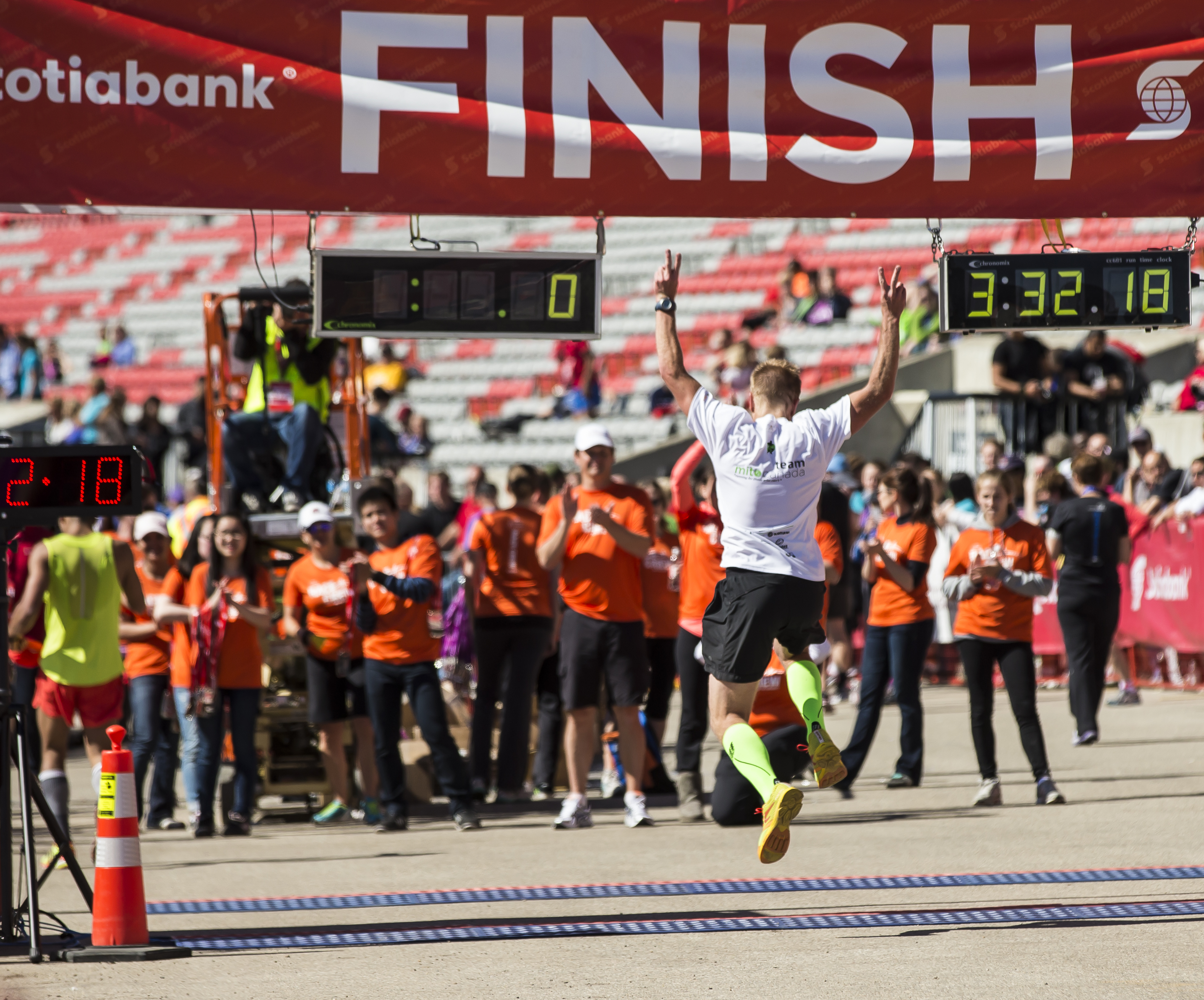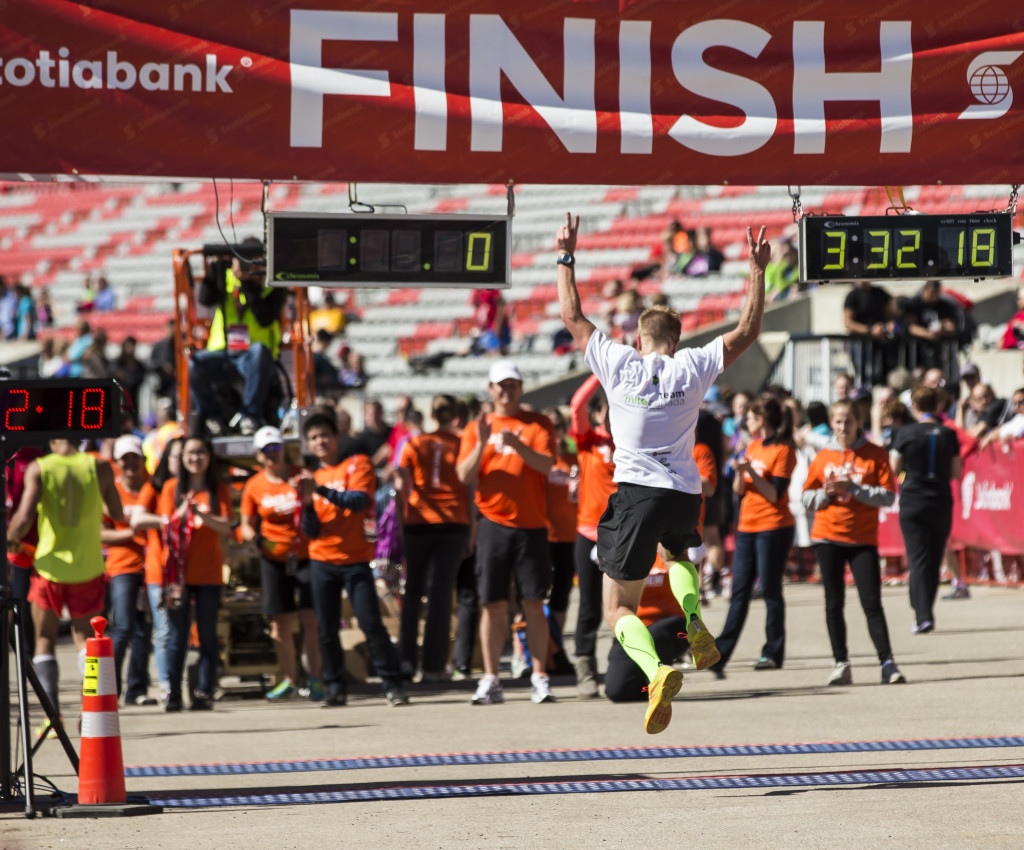Running a marathon soon? On the importance of setting an attainable time goal


What does it take to qualify for Boston? To set a personal best or to run a sub-3:00 marathon? What about sub-four or -five?
RELATED: 2018 Boston Marathon registration dates announced
When it comes to running the marathon, one of the most important things for guaranteeing success is having a realistic time goal. Having a goal that is too ambitious means that you’ll start faster than your body can sustain for the whole 42.2K. You’ll then slow down–sometimes drastically–in the final 5-15K which can feel like a living nightmare. On the other hand (although far less common), having a goal that is too easy–slower than your true potential–could mean you’re left with energy to spare and wondering what could have been.
Unlike shorter distances, the marathon presents the unique challenge of having to face “the wall.” The wall is the point where the body runs low on its preferred fuel and energy sources and reserves (namely glycogen) and where many runners “bonk.” Proper training, carbo-loading and in-race fuelling can all help delay and perhaps even eliminate the risk of hitting the wall while going out too fast or failing to fuel properly can increase the risk and incidence of bonking. This in part, is why proper pacing and choosing a realistic goal is of utmost importance.
RELATED: Become bonk-proof: How to avoid hitting the wall
Running the marathon to the best of your ability is an important and valuable objective. Knowing what that ability is, however, is a tough thing to get right. One of the best ways to accurately predict your goal marathon time is to run a tune-up race–preferably a half marathon–as hard and honestly as you can about a month before your event and use the time to predict what your marathon potential might be. There are two popular online calculators used to do this: Jack Daniels VDOT and the McMillan Running Calculator.
Once you’ve decided on a time goal, pacing yourself correctly is key. The best races are run with near even–running the first and second half of the race in roughly the same amount of time–or negative–running the second half faster than the first–splits.
For those looking to break one of several (arbitrary) benchmarks, here we outline some of the most common time goals to which marathon runners aspire and break down exactly what it takes to run them:
Sub-3:00
A 2:59:59 marathon equates to an average pace of 4:15 per kilometre. Prediction calculators suggest you should be able to run about a 1:26 half-marathon or a 39:00 10K to achieve this time. Of course, you’ll require marathon-specific training as well.
Sub-3:30
A 3:29:59 marathon means running a pace of 4:59 per kilometre. You’ll need to be able to run around 1:41 for the half or 45:30 over 10K.
Sub 4:00
Running 3:59:59 requires an average pace of 5:41 kilometres. To do this, prediction calculators suggest a 1:56 half or a 52:00 10K.
Better than average
Based on data from Running USA, the median marathon finish times in 2015 for males and females, respectively, are 4:20:13 and 4:45:30.
A 4:20 marathon requires an average pace of 6:09/K. Running this time requires about a 2:06 half or 57:00 10K
A 4:45 marathon requires a pace of 6:45. To run this time, a 2:19 half or 1:03 10K are suggested.
Sub 5:00
To run 4:59:59 means averaging a pace of 7:06 each kilometre. To do so, you should be able to run a 2:26 half or a 1:06 10K.
BONUS: Sub 2:00
For those wondering, or caught up in the latest hype, running a 1:59:59—two minutes and 58 seconds faster than the current world record—would require a pace of 2:50/K. Prediction calculators suggest that would require running a 57:15 half-marathon or a 26:00 10K! The current records are 58:23 and 26:44, suggesting it may still be some time before this happens.


